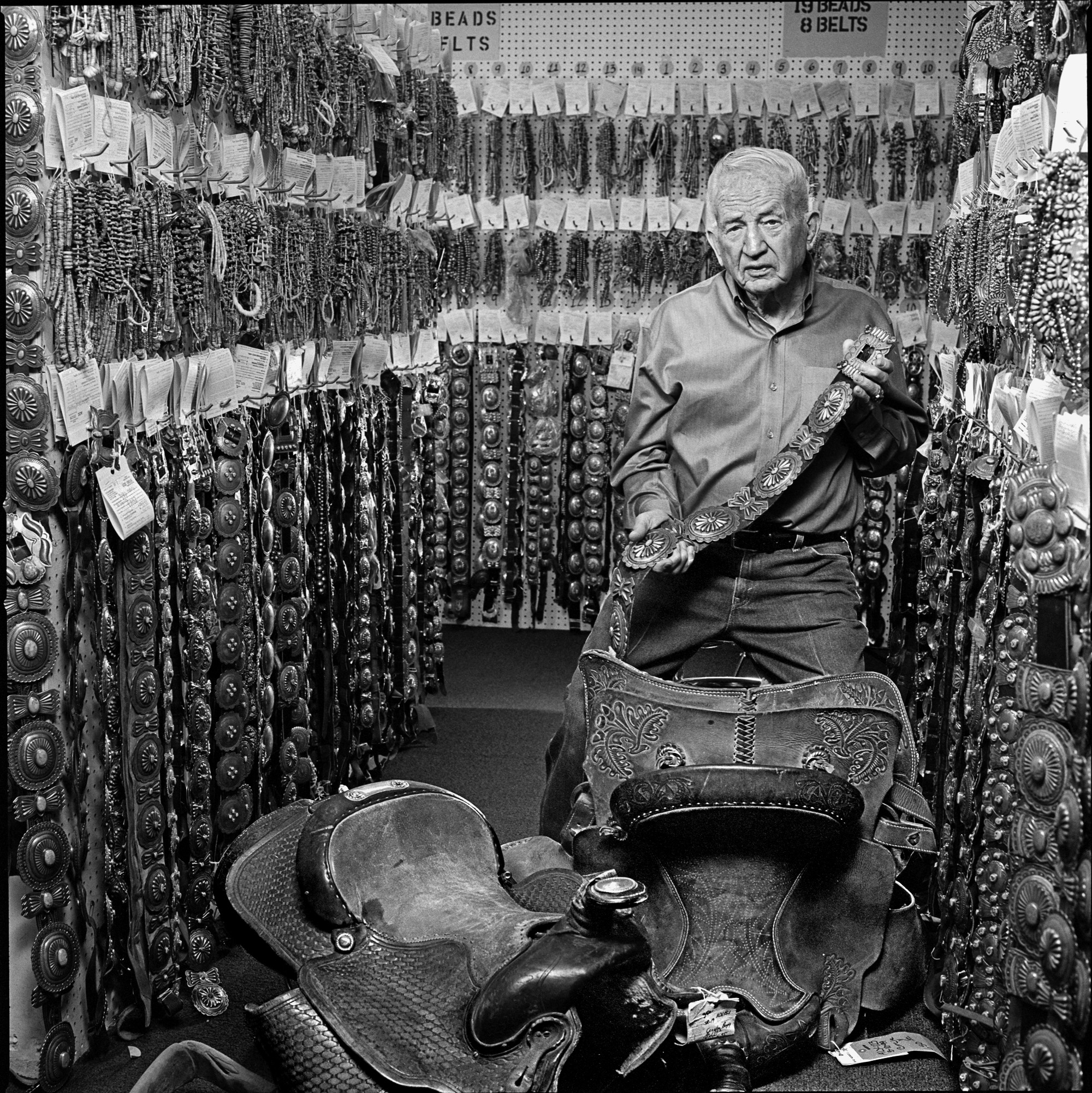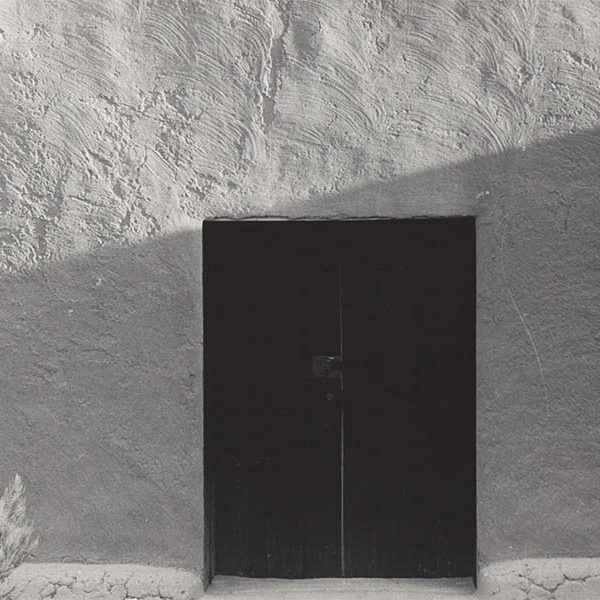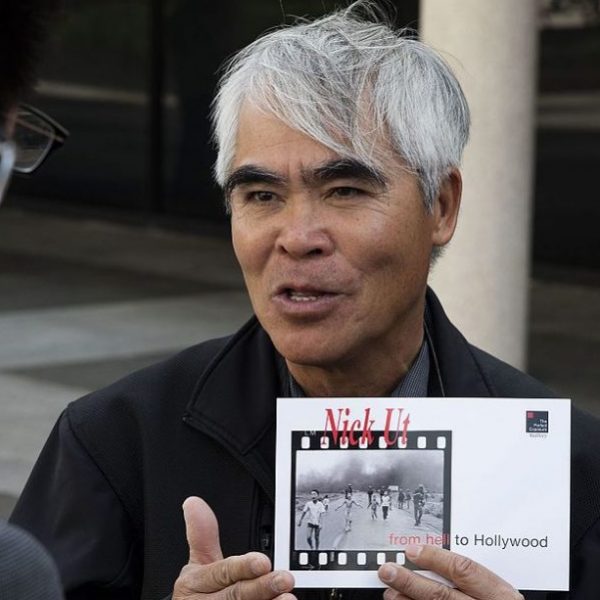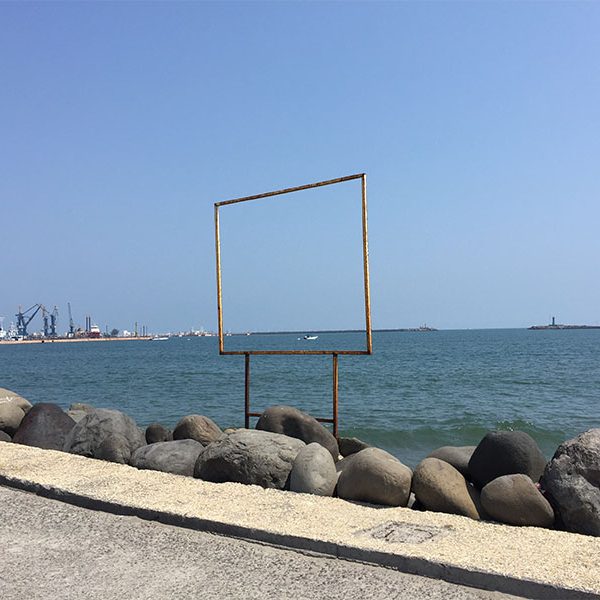That Day by Laura Wilson… January 14th, 2008
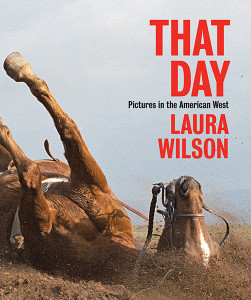 The unforgettable images in That Day: Pictures in the American West, Laura Wilson’s new book of photographs, tell sharply drawn stories of the people and places that have shaped, and continue to shape, the dynamic and unyielding land known as the western United States. As Rick Brettell writes in the Dallas Morning News, “She has made powerful images imbued with a stubborn humanism — the pictorial embodiment of her respect for the diverse men and women who live in the hardscrabble environments she prefers.”
The unforgettable images in That Day: Pictures in the American West, Laura Wilson’s new book of photographs, tell sharply drawn stories of the people and places that have shaped, and continue to shape, the dynamic and unyielding land known as the western United States. As Rick Brettell writes in the Dallas Morning News, “She has made powerful images imbued with a stubborn humanism — the pictorial embodiment of her respect for the diverse men and women who live in the hardscrabble environments she prefers.”
Text from Wilson’s journals accompanies the photographs in this stunning collection; in the journal entries, she recalls personal experiences behind the camera at the moment when a particular image was captured. Here’s a photo with accompanying personal history of 90-year-old Bill Richardson of Gallup, New Mexico, taken on this day 8 years ago.
Bill Richardson, Richardson’s Trading Company, Gallup, New Mexico, January 14, 2008
Laura Wilson-
You know you’re getting close to Gallup when you pick up the news and road conditions on KTNN AM 660 spoken in Navajo. Gallup lies like a lizard along old Route 66 parallel to I-40 in the heart of Indian country. This tough western town swells to twice its normal size on weekends when Navajo, Hopi, and Zuni come in from reservations to shop and trade. Bill Richardson was ninety years old when I photographed him that day inside one of three vaults in Richardson’s Trading Company and Cash Pawn:
“The Richardson brothers, my dad and his brother, Hubert, come into Winslow [Arizona] in 1912. Nothing to do but pick cotton in Texas, so they come out here. They walked across the Colorado River. Their brother-in-law, McAdams, was here in 1890. They learned his business, became traders, good ones.”
“I was a trader kid. I played with Indians, speaking Navajo. We dug in caves, jumped in rivers. There’d be four hundred to five hundred Indians in an area. They’d bring in cattle, sheep, lambs, and ewes, on horseback with dogs. We’d drive ‘em to the railroad, ship ‘em to California. Indians’d bring in hundreds of sacks of wool––one hundred pounds, a hundred and fifty to two hundred pounds. We’d give ‘em twenty-five cents a pound. They’d sell piñons [pine nuts] to us for ten cents a pound and we’d sell ‘em for twenty-five cents a pound to mom-and-pop stores. The Indians’d trade for flour, baking powder, sugar, salt, salt blocks, canned tomatoes, canned peaches, canned pears, coffee, Levis, shoes. We couldn’t sell guns and bullets. We’d sell ‘em piece goods, cotton, sateen, velveteen, frying pans, cast iron pots.”
“There’s almost three hundred thousand Indians on the Navajo reservation today. We take in half a million a month. Now they bring in rugs, pottery, jewelry. They need to buy tires, batteries. They’ve got kids in school. They might say ‘I need $500 on this belt.’ I can go $300. Maximum we’ll go on a item is $2,000.”























